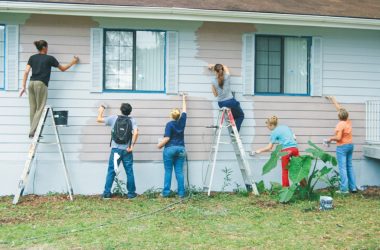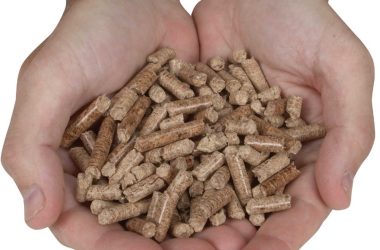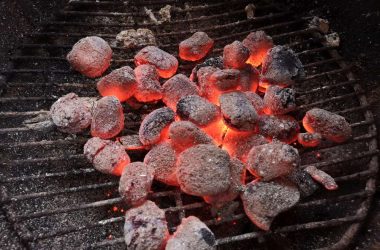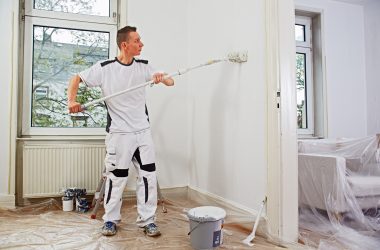Air to Water Heat Pumps are a great alternative for homeowners who want to save money and energy on their heating bills, but have concerns about their indoor environment. They work by bringing in fresh outdoor air into your home, which is then heated or cooled depending on how you set things up. It’s an easy way to keep your home comfortable all year round, even during those cold winter months, without using any of that precious fuel oil.
But which one should you choose? Well, there are three main types of system available out there, and it would be wise to do some research before making your choice. The first type of system is the basic Air-to-Water heat pump, which uses only outside air as its source of heat. This method works very well, but can also cause problems if the air isn’t properly filtered. A second type of system uses a filter to remove impurities from the outside air, meaning that it actually comes from inside your own home! This means that the air will already be at a certain temperature when it reaches your house, so it won’t need to be heated or cooled as much. The third type of system is the Reverse Air-to-Water heat pump, which doesn’t use any outside air at all – instead, it uses the water itself. This method is the most expensive option of the three, and is typically reserved for larger homes where having a separate heating and cooling unit for each room just wouldn’t cut it.
If you’re looking for a cheap way to lower your energy bills while still keeping your home comfy, then an air to water heat pump may be the right solution for you. But remember that these systems aren’t always perfect, so make sure you take the time to understand exactly what you’re getting yourself into before you invest too much money in this project.
Taking the õhk vesi soojuspumbad will prove to be a good option. A person should go for the best quality of the pump that is available at a reasonable rate. If the person will have the complete detail and the feature of the various options then reaching the goals will become easy. A person can plan to take the good steps for the future references.
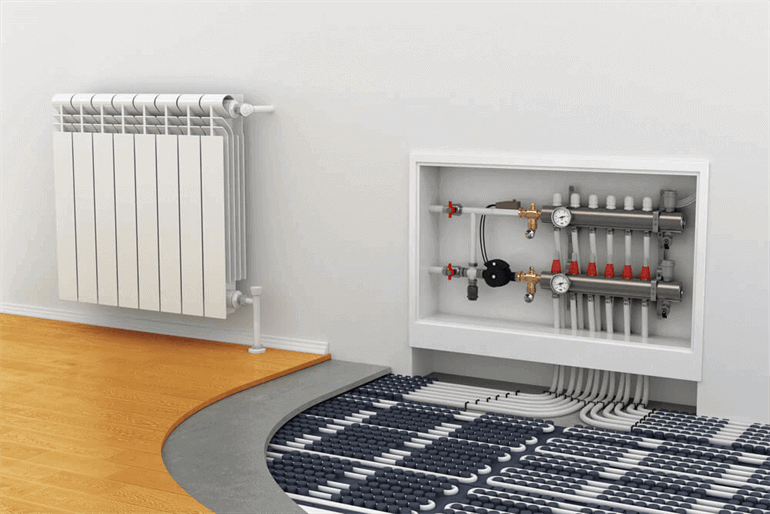
How to Choose the Best Air to Water Heat Pump System
There are many different factors to consider when choosing the best air to water heat pump for your needs. Here are a few key points to look out for before you start shopping around.
Efficiency Rating:
Some companies will claim that their product has an efficiency rating of 90%, while others might say 80%. Keep in mind that this really depends on your local utility rates and the weather conditions in your area. If it snows more often than usual or if you live in an extremely hot climate, then you might want to go with a higher efficiency product.
Air Flow Rate:
The standard Air-to-Water heat pump will usually come with a minimum airflow rate of 1 cubic foot per minute (cfm). However, if you live in a colder part of the country where it gets colder than -10 degrees Fahrenheit (14 degrees Celsius) every night, then you might want to choose a higher flow rate. On the other hand, if you live somewhere that stays warm throughout the year, then you probably don’t need anything more than a standard 1 cfm.
Outdoor Temperature:
When selecting a heat pump, you’ll need to take the outdoor temperature into account. You could end up paying for the installation costs of a heat pump if the outside temperature goes below 0 degrees Fahrenheit (-17 degrees Celsius), because you’ll be running the compressor continuously to bring the inside temperature back up to a reasonable level. Also, if the temperature stays over 70 degrees Fahrenheit (21 degrees Celsius), you won’t need to worry about a lot of additional equipment being installed.
Installation Costs:
Each company will have a different price list for installing their units, but they will generally range between $1,500 and $2,000 for a typical installation. You might also get charged extra fees for adding a garage door opener to the system, which allows you to control it with a remote control from anywhere in your house.
Compressor Size:
One of the biggest differences between different products is the size of the compressor used by each company. There are two kinds of compressors – centrifugal compressors and screw compressors. Centrifugal compressors run cooler, and are therefore better suited for heating systems. Screw compressors run hotter, which makes them better suited for cooling applications. For most home use, the average screw compressor will use less power than a centrifugal compressor, but they’re also much bigger, which is why they’re not suitable for smaller spaces.
The Best Air to Water Heat Pump Systems Available Today
In order to find the best air to water heat pump for your home, you’ve got to know what kind of system you need. So let’s take a look at some of the top models currently on the market, starting with some basic models and moving onto the more advanced systems.
Basic Air To Water Heat Pump
These systems are simple to install, although they do tend to run quite inefficiently. They’re good for small spaces, like single garages and basements, but they’re not ideal if you want to use the heat pump to supplement your central heating system.
Reverse Air To Water Heat Pump
This is another popular choice, especially among people living in warmer climates. These systems use a reverse cycle to move heat from your home to the water tank. In other words, the water heats up, and the heat moves through pipes to warm up your home. Because this heat exchange happens in reverse, this system doesn’t require a fan to circulate the air. Instead, it relies on convection to bring in the cool air. Unfortunately, the reverse cycle systems are also the most expensive, and require more maintenance. They’re also not very efficient, so you need to rely on the water heater to provide enough heat to offset the losses.
Multi-Stage Air To Water Heat Pump
A multi-stage air to water heat pump combines both the air to water heat pump and the reverse air to water heat pump. While the air to water heat pump circulates air, the reverse air to water heat pump brings water from your basement or tank to your upper floor. Because the system runs in both directions, you can get either heating or cooling effects from it. The problem is that the reverse air to water heat pump requires a lot of space, so you’ll need to keep the water tank fairly large.
High Efficiency Air To Water Heat Pump
These heat pumps use a more advanced technology to help reduce energy consumption. The high efficiency air to water heat pumps are the most efficient of all the options, which is why they’re more expensive than the normal models. They feature a built-in dehumidifier, which helps prevent condensation issues and make the system more efficient. The downside to these systems is that they’re harder to install.
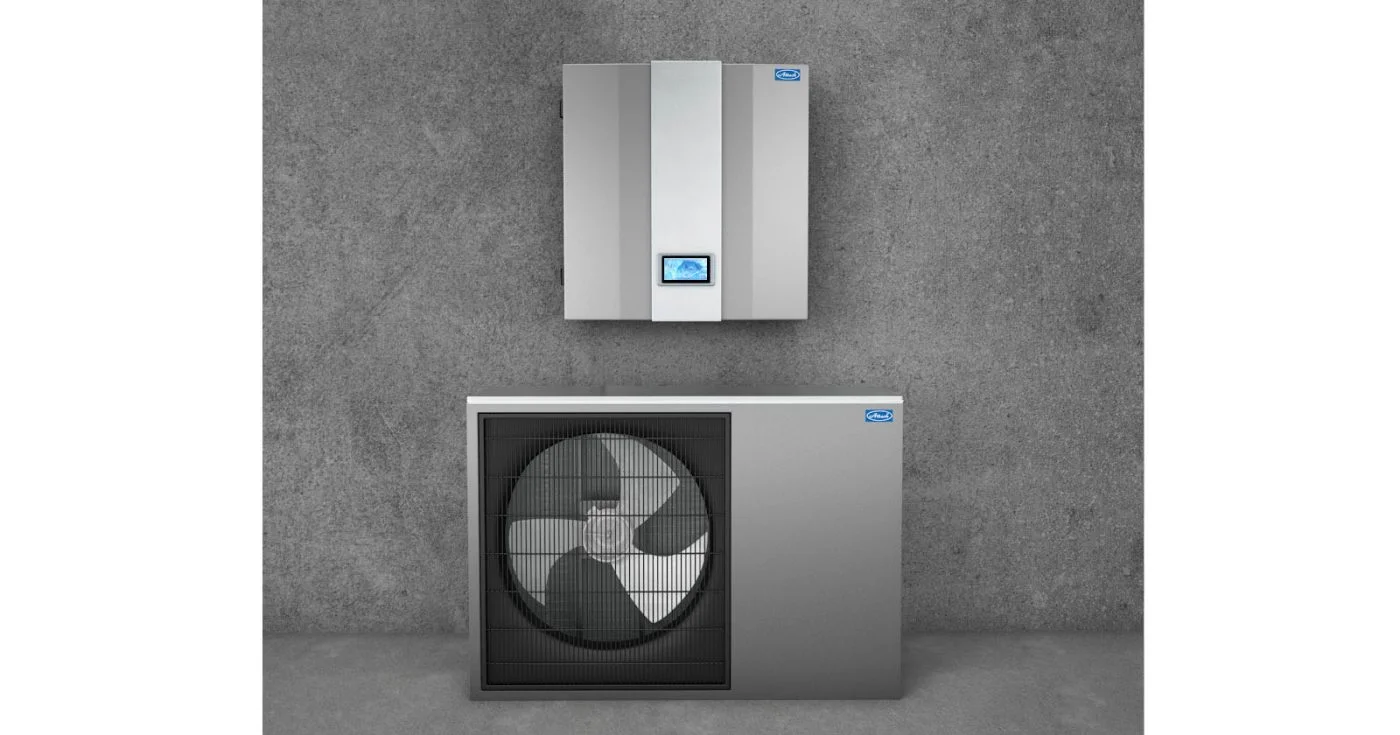
How to Install An Air to Water Heat Pump
Before you jump into purchasing a new air to water heat pump, you’ll need to decide where it should go. Most systems come pre-installed, but if yours didn’t, you’ll need to hire someone to come and install it for you. If you plan to install it yourself, here’s what you’ll need to do.
Measure Your Heating Area:
Before you buy the machine, you’ll need to measure the area where you plan to install the unit. Make sure you also measure the distance between the wall and the ceiling, because this will be an important factor when determining the size of the unit you need.
Remove Existing Fittings:
Once you’ve measured everything, you’ll need to disconnect your existing HVAC system and drain all your water pipes. Then you’ll need to replace everything that was connected to your existing system.
Install the Unit:
After you’ve prepared everything, you’ll need to install the unit. Make sure you drill holes correctly and follow the manufacturer’s instructions.
Connect the Drain Pipe:
Depending on whether you’re going to install the system in the basement or attic, you’ll need to connect a drain pipe to the bottom of the unit. Some manufacturers offer plastic pipes that you can simply attach to the unit, but if you want to use metal pipes, you’ll need to purchase special fittings.
Installing a New Air to Water Heat Pump System
Once you’ve got everything ready, you’ll be able to install your new system easily. Just follow these steps to ensure a smooth installation.
Decide Where to Install the Unit: As mentioned above, you’ll need to determine the location of the unit to get a proper fit. Remember that the unit will be pumping in fresh air, so you’ll want to keep any open windows closed during installation.
Prepare the Drain Pipe: Again, you’ll need to prepare the drain pipe before you can connect it to the unit. Drill a hole near the bottom of the unit and attach the pipe.
Drill Holes: Now that you’ve attached the pipe, it’s time to drill holes in the walls. Use a drywall saw or a jigsaw to make the cuts, and make sure you don’t hit any electrical wires.
Connect the Drain Line: Once you’ve made the appropriate cuts, you’ll need to connect the drain line to the drain pipe. Be careful not to damage the unit.

